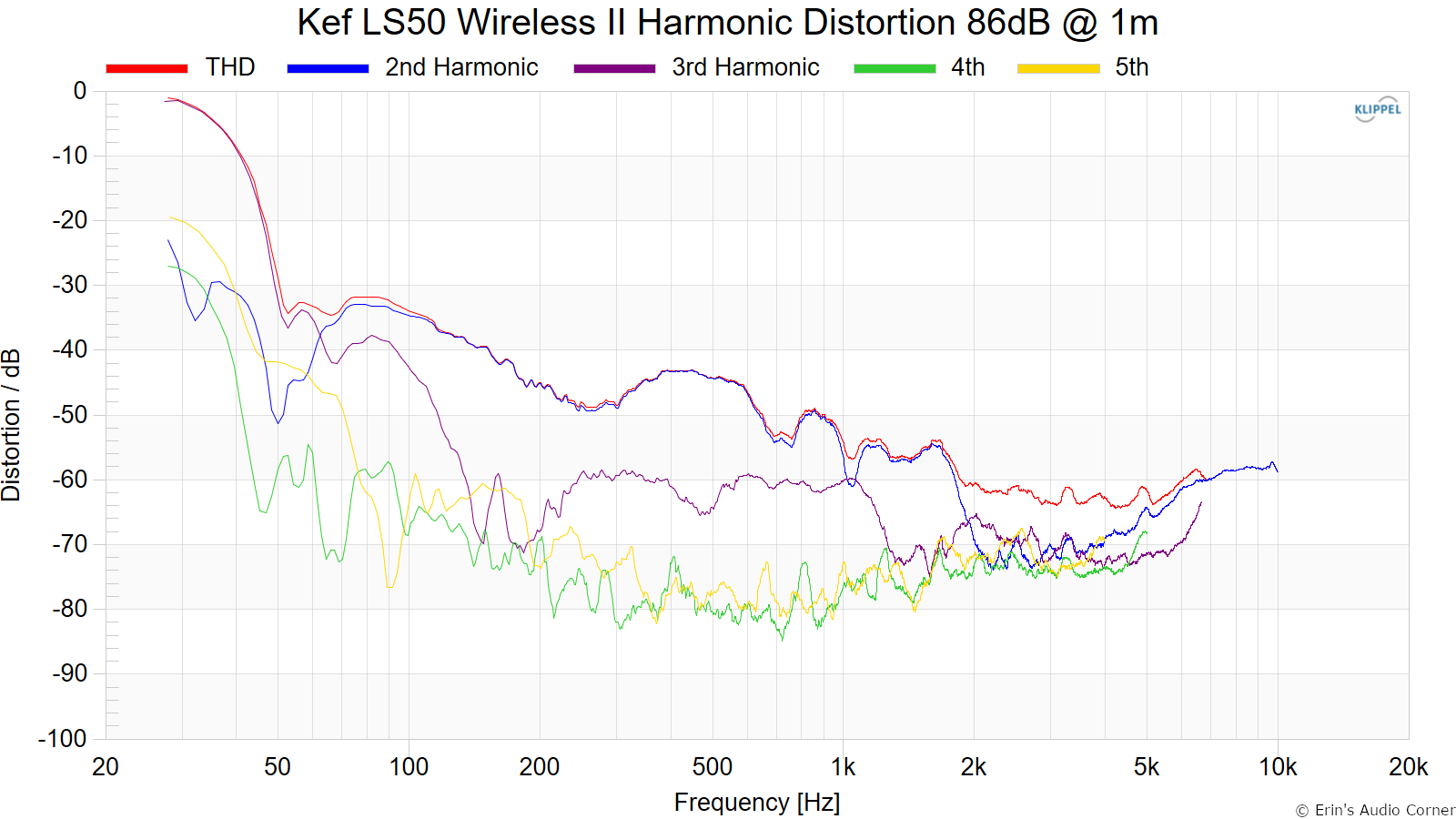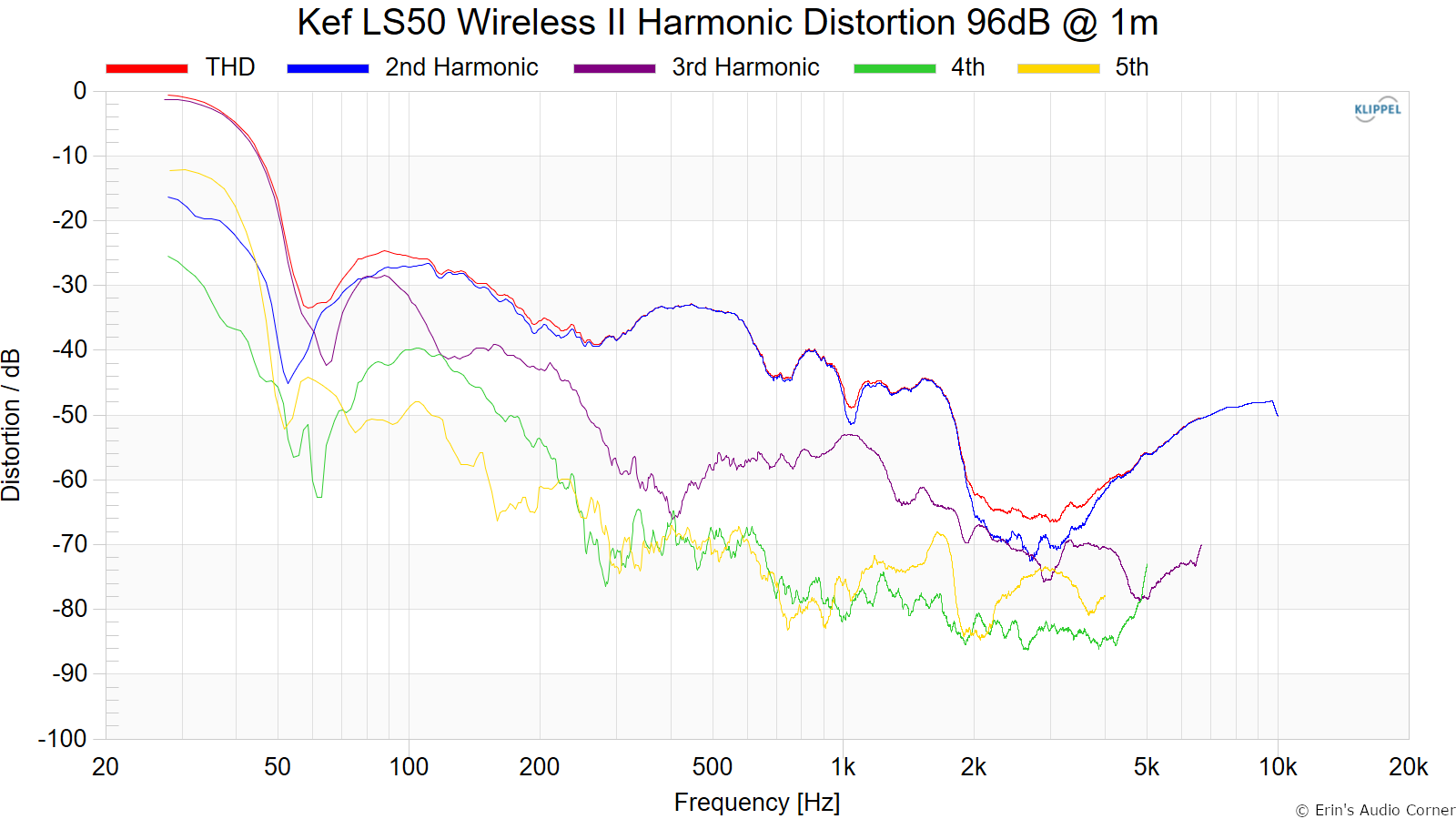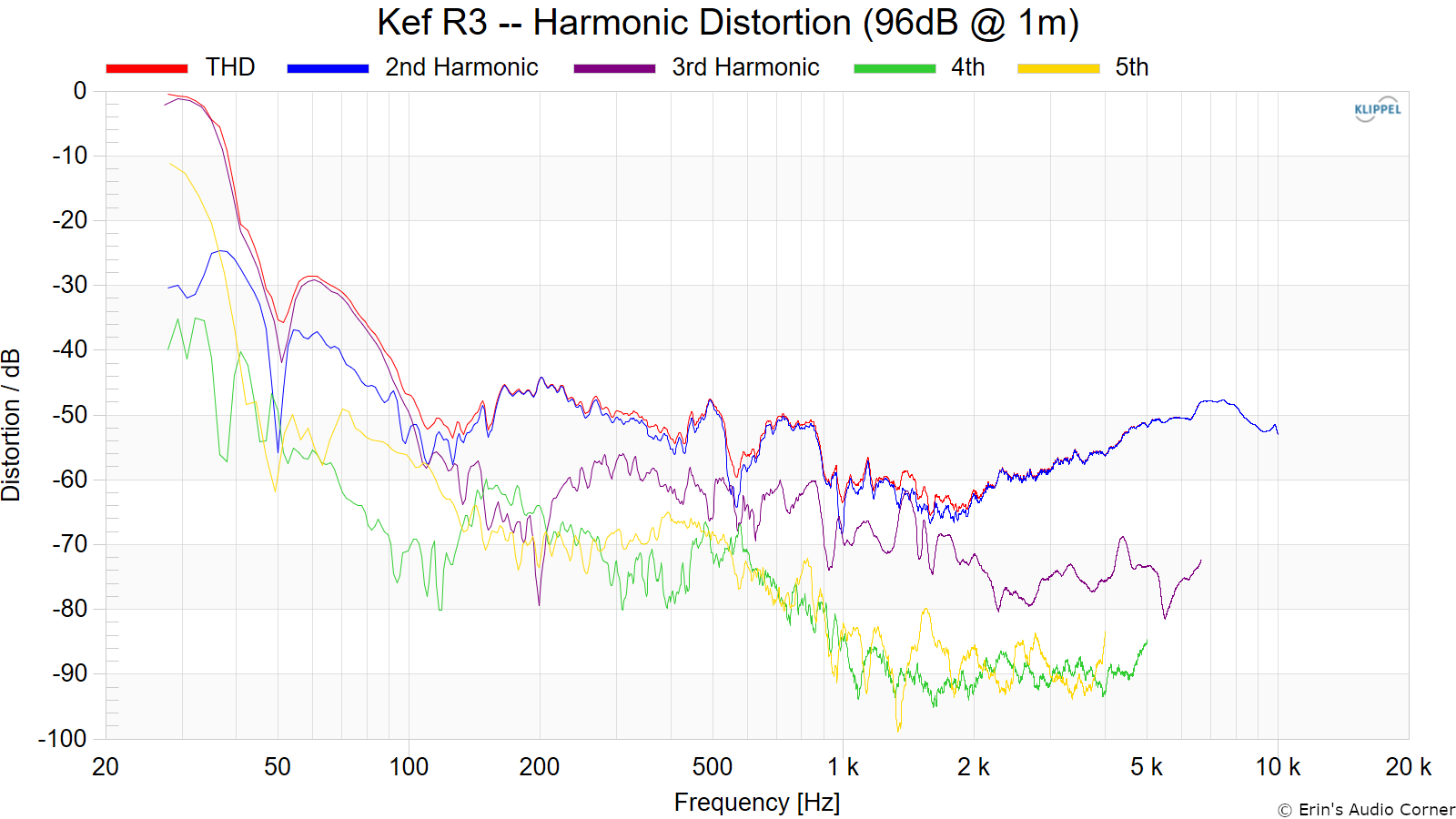
I've demo'd both Kef LS50 Meta vs Kef R3 last week, just not at the same time.
Both sound excellent, but once you start to turn up the volume, the LS50 Meta falls apart, which we know will happen, as Amir noted in his review. In other words, they are loudness limited. Also, as Amir noted, the distortion of LS50 Meta is worse than R3's.
Here in Canada, the price difference between LS50 Meta and R3 is only +28% (or extra CDN$400), which is negligible. With the R3, you get a 3-way speaker, instead of a 2-way. You get ability to play much louder and with much better distortion handling. In my mind, the only reason to NOT get the R3 is if you're completely short on space and the LS50 Meta is the only thing that can fit. Otherwise, R3 wins in every regard.
Revel M16 vs R3 is an interesting comparison.
Kef R3:
- is US$1700/pair =>or 70% more expensive
- Preference Score is 6.5 and would be 8.2 with a perfect subwoofer. => So will be more preferred, in a blind listening test
- Bass extension: 35Hz at -6dB => this will be immediately noticeably better (with no subwoofer) over the M16's
- We don't have distortion graphs from Amir, since he changed his methodology after testing this speaker, so we can't directly compare at 86db and 96db levels. But we know that a 3-way speaker typically can handle distortion better than a 2-way, so we can assume R3 will win this battle.
- Has narrower horizontal directivity (around +-30 deg within +-3db window) => this is a personal preference (some people like narrow dispersion speakers in home theater for example over the wider dispersion speakers, others like wider dispersion speakers for stereo setups)
- Has perfect vertical directivity => due to coaxil design => so if you have multiple rows of home theater seats, or you have kids, or you like to sit up or lay down to watch the TV, a coaxial speaker will help since the sound profile won't change as you move up/down
- Power handling. => I'm guessing R3 will play louder than M16, due to a 3-way design, but that's not to say the M16 is a slouch, since I've seen much much worse designs that can't handle power. Both will be excellent anyway.
Revel M16:
- is US$1000/pair => wins
- Preference Score is 5.6 and would be 7.7 with a perfect subwoofer. => Will be less preferred in a blind test, but still excellent, since Revel knows how to design speakers. In other words, just because this is lower preference score, doesnt mean it's bad. There are hundreds of worse speakers than M16.
- Bass extension: 45Hz at -6dB => this will be immediately noticeably worse (with no subwoofer) over the R3's
- We don't have distortion graphs from Amir, since he changed his methodology after testing this speaker, so we can't directly compare at 86db and 96db levels. But we know that a 3-way speaker typically can handle distortion better than a 2-way, so we can assume R3 will win this battle.
- Has wider horizontal directivity, looks to be around +-50 deg horizontally within +-3db window. => this is a personal preference (some people like narrow dispersion speakers in home theater for example over the wider dispersion speakers, others like wider dispersion speakers for stereo setups)
- Has narrow vertical directivity, which is typical for a 2-way, looks to be around +-10 degrees vertically. But as long as you don't move up/down too much, you'll be fine.
- Power handling => I'm guessing R3 will play louder than M16, due to a 3-way design, but that's not to say the M16 is a slouch, since I've seen much much worse designs that can't handle power. Both will be excellent anyway.
Comparison:
It's like choosing a sports car, do you choose a Ferrari or Lamborghini? Pick either. They're both beautiful.
Kef R2C are excellent for a center channel, regardless of what other speakers you have.







